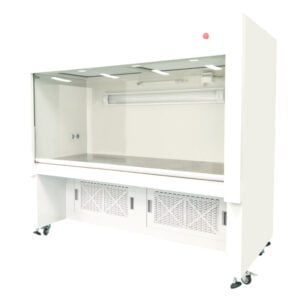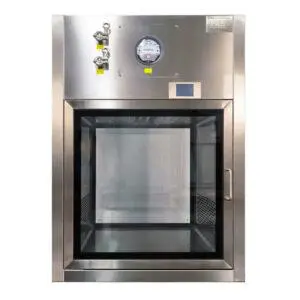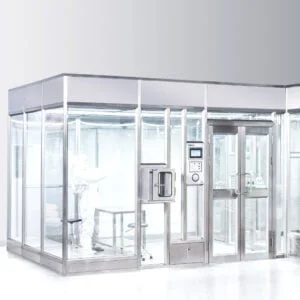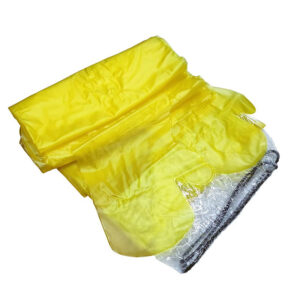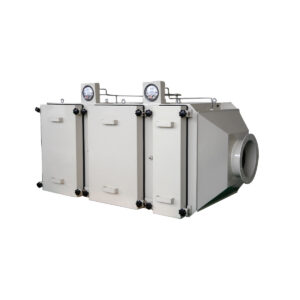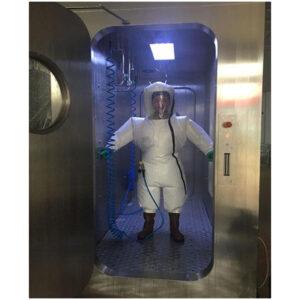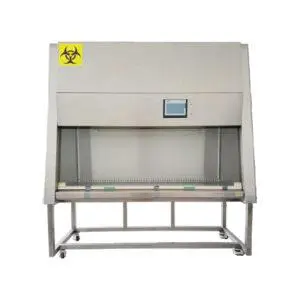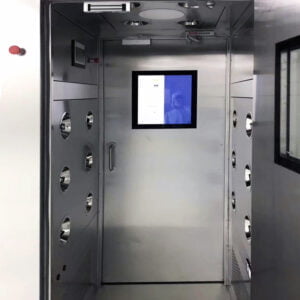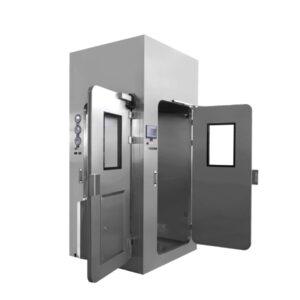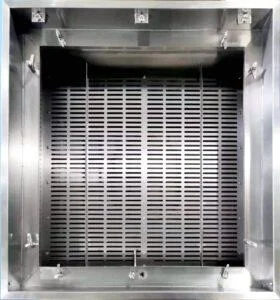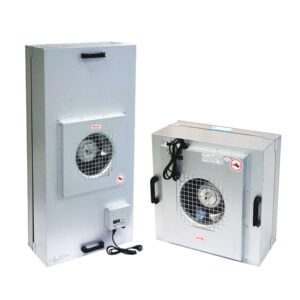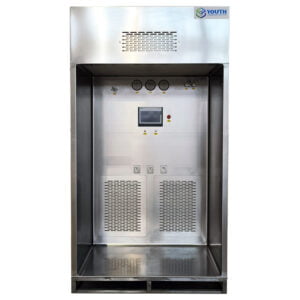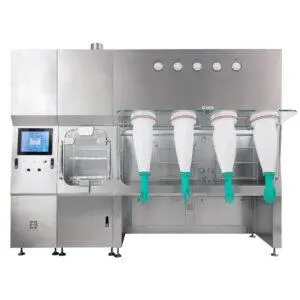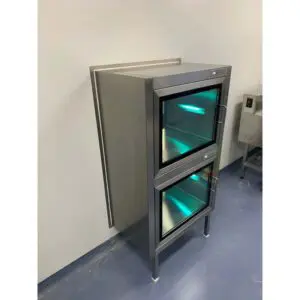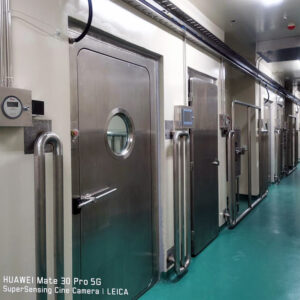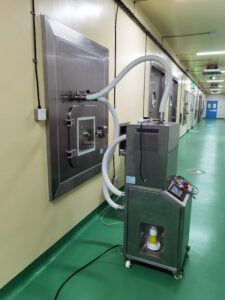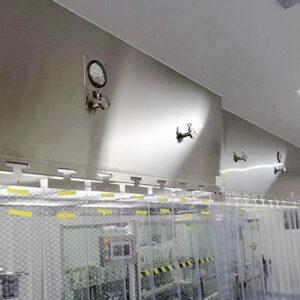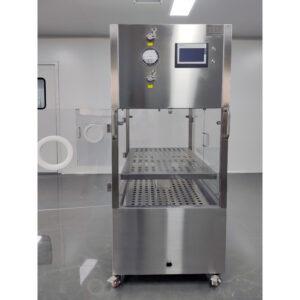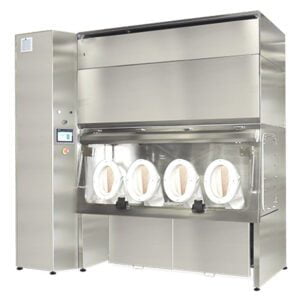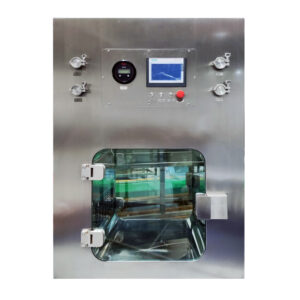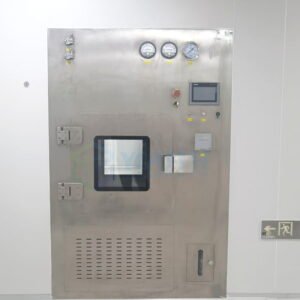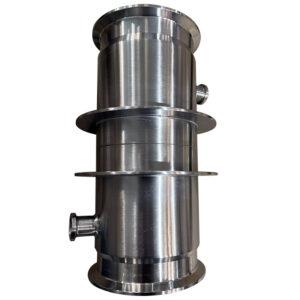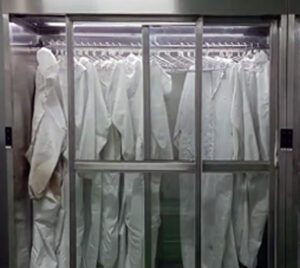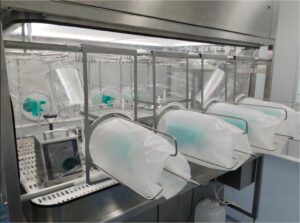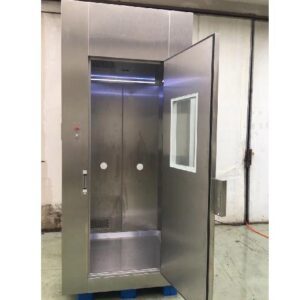A Vaporized Hydrogen Peroxide (VHP) passbox serves as a vital component in maintaining the sterile transfer of materials into critical environments. The assured efficiency of a VHP passbox relies not only on its advanced design but also on how it is operated. Adherence to best practices ensures that the intrinsic advantages of the passbox technology are maximized. Here, we delineate the core operational protocols that constitute best practices for the efficient use of your VHP passbox.
Establishing Standard Operating Procedures (SOPs)
- Comprehensive Training: Provide detailed training for all personnel on SOPs, emphasizing the importance of following the procedural steps without deviation.
- Clear Documentation: Maintain up-to-date and easily accessible SOP documentation for reference and training purposes.
Pre-Operational Checks
- Functional Tests: Perform daily checks on the operational status of the passbox, including sensors, alarms, and door seals.
- Calibration Verification: Regularly confirm that all calibration settings for temperature, VHP concentration, and cycle durations are accurate.
Load Management
- Standardization: Develop standardized load configurations that fit comfortably within the passbox without obstructing the VHP flow.
- Material Preparation: Ensure that all items are adequately prepared for VHP exposure, using compatible materials for packaging and wrapping.
Operation and Monitoring
- Cycle Monitoring: Monitor each VHP cycle in progress closely to detect any deviations or malfunctions.
- Environmental Monitoring: Use integrated or separate devices to continuously monitor the VHP levels within and around the passbox.
Post-Operational Protocols
- Validation of Sterilization: Confirm the effective sterilization of materials upon completion of the cycle using biological or chemical indicators.
- Maintenance of Records: Diligently document all cycle data, including timings, sterilant concentrations, and any incidents.
Efficiency Optimization
- Scheduling: Schedule VHP passbox cycles in a way that aligns with material transfer needs to minimize downtime.
- Energy Efficiency: Utilize energy-saving modes if available during idle periods, and ensure that the passbox is switched off when not in use.
Regular Maintenance
- Filter Maintenance: Replace HEPA and VHP filters according to the maintenance schedule to maintain air quality and sterilization effectiveness.
- Cleaning and Decontamination: Establish frequent cleaning schedules to ensure the passbox remains free from any contamination.
Safety First
- PPE Compliance: Always use appropriate PPE when loading and unloading the passbox to protect against accidental exposure to VHP.
- Emergency Protocols: Develop and rehearse emergency procedures for potential VHP exposure or equipment failure.
Data Utilization for Continuous Improvement
- Audit and Analysis: Regularly review the cycle data and logs to look for trends that might indicate emerging issues or opportunities for process improvements.
- Feedback Loop: Encourage operators to provide feedback on the passbox’s operation, which can be used to inform future updates to SOPs.
Conclusion
The operation of a VHP passbox extends beyond simple ‘start-and-end’ cycles to include rigorous adherence to best practices that envelop the entire process. These best practices are designed to uphold the functionality of the passbox, the integrity of the sterilization process, and the safety of the personnel. By institutionalizing these protocols, the efficient and reliable performance of your VHP passbox is not just expected—it is guaranteed.
Related Contents:
- Ultimate Guide to VHP Passbox Cleaning in Controlled Environments
- User Manual Insights: Getting the Most Out of Your VHP Passbox
- How to choose VHP Passbox?
- Bag-In/Bag-Out (BIBO) Systems: Operation and Maintenance Guide
- VHP Passbox Safety Protocols: Ensuring a Secure Environment
- The Ultimate Checklist for VHP Passbox Validation
- The VHP Passbox Decontamination Process Explained
- VHP Passbox Systems: Revolutionize Your Cleanroom
- Discover the Efficiency of VHP Passboxes for Cleanroom Sterilization


